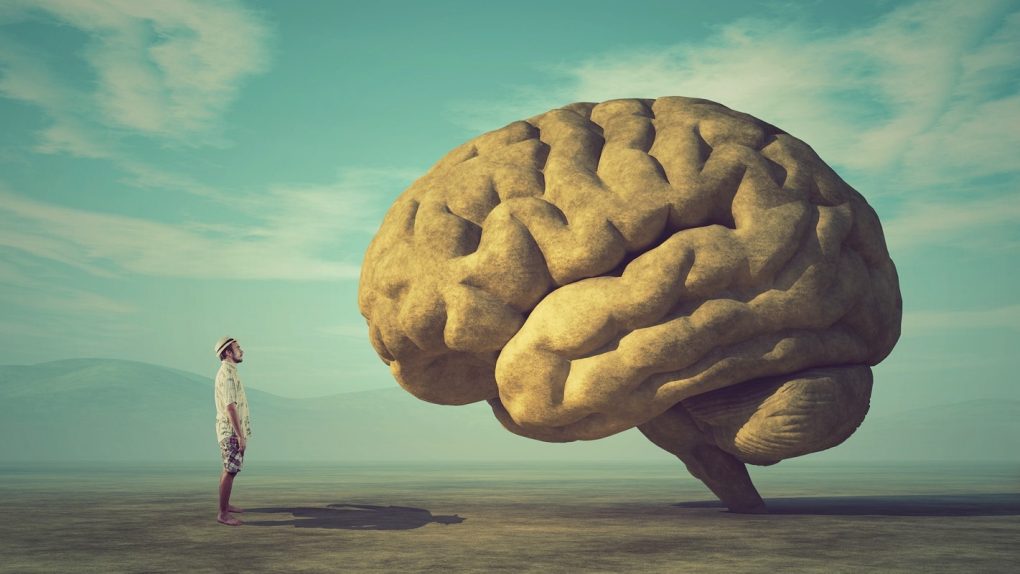Researchers might have figured out how the brain makes memories. A group of researchers with the US National Institutes of Health (NIH) published a new study in Nature Neuroscience. In it, they say they have identified and observed specific brain cells responsible for creating and storing human memories. Figuring out how memories work could give us a greater understanding of how our brain operates.
Scientists may have figured out how memories work

The study says that brains cells referred to as “boundary” and “event” cells are responsible for marking specific memories in our brains. As such, it means that our brains may treat each memory as its own object. Essentially, your memories can be thought of as files inside a filing cabinet.
Uelie Rutishauser, Ph.D. and professor of neurosurgery, neurology, and biomedical sciences at Cedars-Sinai Medical Center in Los Angeles led the study. (via NIH) Rutishauser and his team worked with 20 patients already undergoing intracranial recording of their brain activity for surgery to treat epilepsy. The researchers observed how the patients responded to film clips containing various “cognitive boundaries”.
These boundaries are thought to trigger changes in how a memory is stored, as well as how our brains mark the beginning and end of the memory “files” that it stores. The researchers hoped it would give them a solid look at how memories work. They showed the patients two types of clips, which they referred to as “soft” and “hard” boundaries.
Soft boundaries featured transitions to new clips that continued the same story. For example, a baseball pitcher throws the ball and the batter hits it. The next clip might then show another player chasing the ball through the outfield. Hard boundaries were triggered by starting one clip and then changing to something completely different in the next clip.
They looked at the brain activity recorded during each transition to see how the brain would handle it. Boundary cells reacted to both hard and soft boundaries. However, the event cells only responded to hard boundaries. This showcased the different parts that each cell plays in how memories work.
Memories may be stored like photos

By looking at the triggers and the cell types used in each boundary trigger, the researchers were able to determine a bit more about how memories work in our brains.
Scientists say that memories may be stored similarly to photos on your computer or phone. They may be stored based on the events that they are based on, as well as when they were taken. In turn, your brain may show you those memories later on when something tied to that event triggers. But how does your brain go about pulling those memories and sorting them for display?
The researchers say the brain may skim over boundary peaks to determine what it should show you. When it finds a set of markers that look familiar, it opens them and starts displaying them to you.
Discovering how memories work could be a big step towards new resources we can use to fight Alzheimer’s disease. By learning how our brains store our memories, and how it plays them back to us, researchers could learn new ways to treat the disease.








